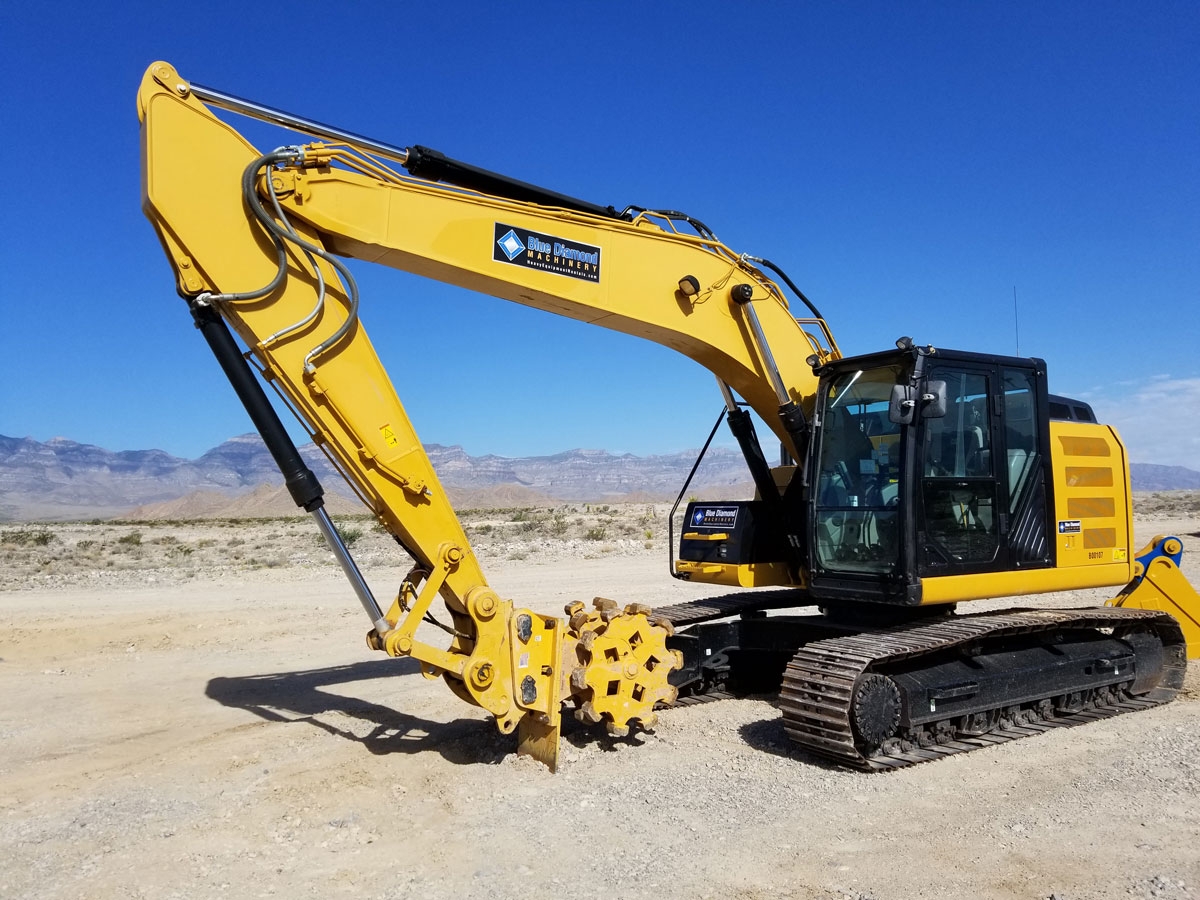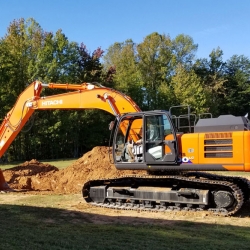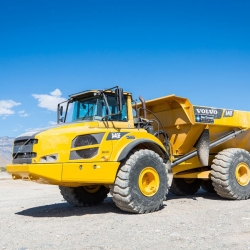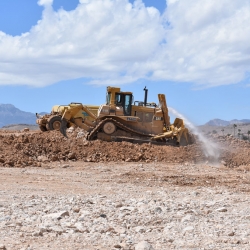News
Buying Used Heavy Machinery? 5 Things to Check Before You Make a Purchase

Buying construction equipment is no different than buying any other major piece of machinery--You should approach the purchasing process with careful consideration and intention. Don't rush. Instead, take the time to conduct a thorough and detailed inspection that includes an examination of the machine's engine, tires and hydraulics.
The following is a six-point check list to use before pulling the trigger and buying a piece of used construction equipment.
1. Review the equipment's history
- Check for valid ownership--It's important to review the equipment's history to ensure there are no liens on the machine and that it hasn't been stolen. Check the equipment's title by running the PIN.
- Review the maintenance record--You also want to obtain a maintenance record in order to ensure the machine has been properly cared for and that all the fluids have been changed on a regular basis.
- Check the fluids--You shouldn't only rely on what's written on the maintenance record. Double check that what you're reading is accurate by looking at the fluids yourself. Open the engine and examine the transmission fluid, coolant and hydraulic fluid as well as the engine oil. Fluids that are low or dirty could mean that the machine's previous owner wasn't keeping up the recommended maintenance schedule, or worse, it could signal a problem with the equipment.
- Note the machine's operating hours--A machine's operating hours are like the miles on a car, so it's important to make note of it and weigh it against the price of the machine. Keep in mind, however, that a high number of operating hours isn't necessarily a deal breaker if the machine has been well maintained.
2. Inspect for damage
A used machine will normally show signs of wear, including dings and scratches. But what you don't want to see are hairline cracks or rust. Look at the tires or the undercarriage as well, as the status of those can reveal a lot about how the equipment has been handled and maintained.
Several important areas to examine include:
- The undercarriage--Repairing the undercarriage of a tracked vehicle is expensive, so it's important to thoroughly examine it for damage or uneven wear.
- The hydraulics--Examine the hydraulic cylinders for leaks, dents or scratches.
- The engine--Check the engine for loose belts, dirty filters and leaks. Turn the machine on and use a mechanic's stethoscope to listen for any knocking or scratching sounds that appear to be coming from the engine's cylinders.
- The tires--In addition to checking for any bulges or punctures on the tires, make sure to check for uneven tread wear, as this could indicate an alignment problem. Use a tire gauge to measure the tire's tread depth and then compare that measurement to the tread depth listed on the manufacturer's website.
3. Examine the engine exhaust
If the machine your considering buying omits black, white or blue-colored exhaust, walk away from the purchase.
Here are the red flags you should watch out for:
Black exhaust- Black exhaust means the engine is burning too much fuel, which could mean the machine has a dirty air filter or faulty injector.
White exhaust - White exhaust (or exhaust that looks like steam) means that the fuel is burning incorrectly, which could signal that a faulty head gasket is letting water mix with the fuel.
Blue exhaust - Blue exhaust means that the engine is burning oil, which could be caused by a worn ring or seal or by an over-fill of engine oil.
4. Check the hydraulics
Checking the hydraulics is a simple yet vitally important part of the inspection process. First, turn on the engine and operate the attachments. If you experience difficulty steering or notice a "chattering noise" or any other unusual sound, this could be a sign the machine has a hydraulics issue. Also note if the fluid temperatures remain consistently high or if you experience a loss in pressure when operating the attachments.
5. Check the buckets and forks
If you're looking to purchase an excavator or loader backhoe, check the bucket teeth for signs of scalloping, as scalloping decreases a bucket's cutting force.
You should look for the following:
Buckets: Examine the leading edge for signs of wear. You also want to note the thickness of the side panels and the condition of the bottom of the bucket. Notice if there are any welds or other signs of repair work.
Forklifts: Check the fork heels for signs of wear and thickness. The heel forks should have the same degree of thickness as the upright fork shank. Examine the forks for welds, as a machine with numerous welds has experienced a lot of strain and damage. This also suggests that the machine may have other unseen or undiagnosed issues.
About Blue Diamond Machinery: Blue Diamond Machinery is an independently-owned, Las Vegas-based heavy equipment company that sells and rents construction equipment across Nevada, Utah and Idaho. To learn more, call 1-800-712-4190 24/7 or view our used and new inventory at heavyequipmentrentals.com.

FREE Guide to Buying and Selling Heavy Equipment
Enter your details to receive our complimentary ebook


